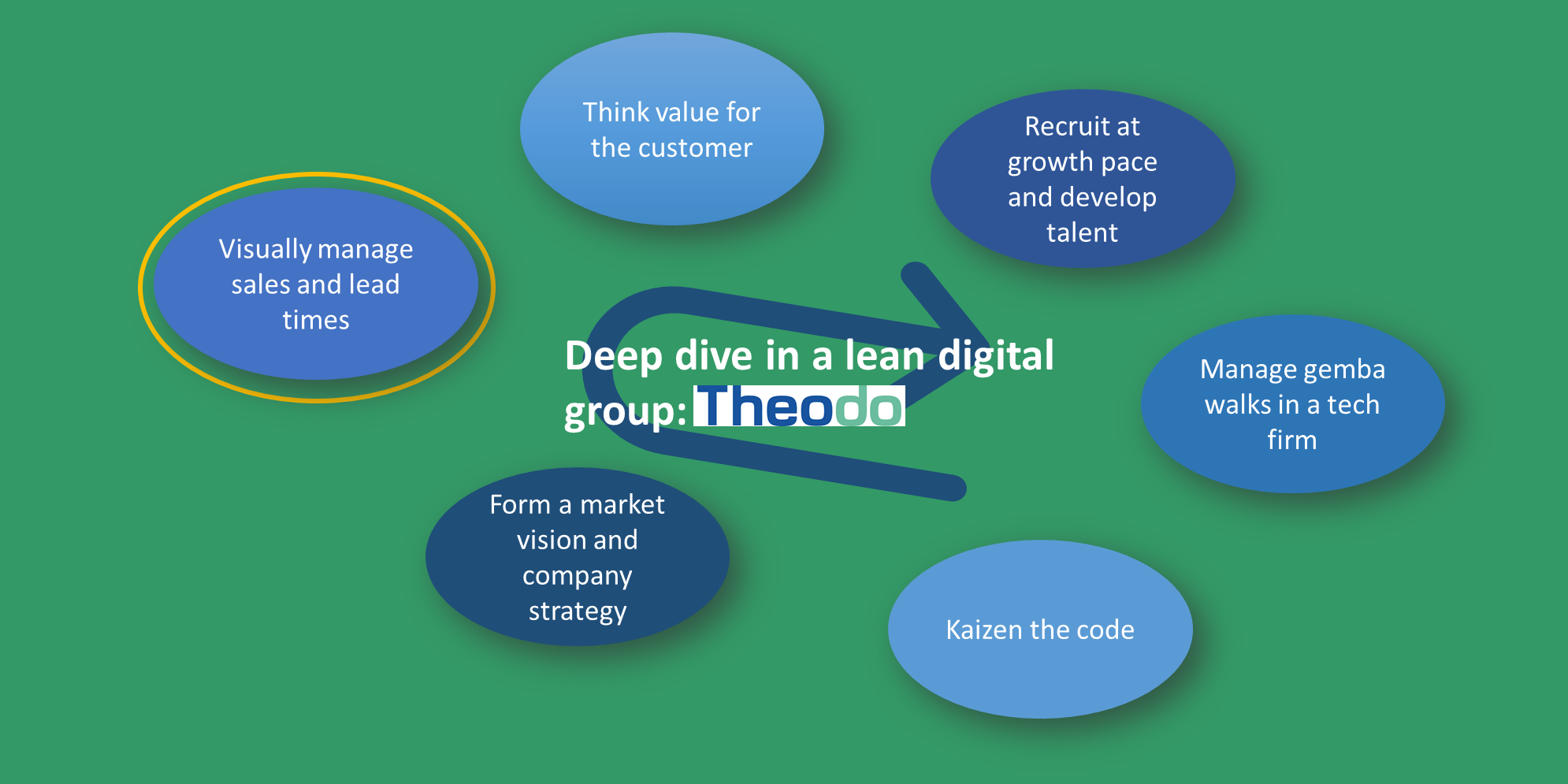
The Crab Method
FEATURE – We hear it time and time again: in a lean transformation, middle management is the biggest hindrance to change. The author explains his strategy to win them over.
Words: Cevdet Özdoğan, Senior Consultant, Lean Institute Turkey
Changing leadership behaviors represents the biggest obstacle in most lean transformations, especially when it comes to middle management. But why do our department heads represent such fierce resistance to change?
I think there are two main reasons for this: fear and comfort. On the one hand (and we see this all the time), middle managers are reluctant to change the process because they are afraid top management will ask them a question they can’t answer – “Why have you waited so long?” On the other hand, when you stay in the same position for a long time, you get comfortable and change becomes less and less attractive. Every company seems to struggle with its middle management, even Toyota (and that’s when you know this is a real problem).
Conversely, first-line management and top management often prove to be more open to change than we think.
Together with their team members, line leaders are the value creators. They are mostly fighting fires and if you are able to help them by giving them a methodology that makes their lives and jobs easier, they will immediately support your improvement efforts. On their part, top managers have huge targets to reach and understand that to achieve them they need to change the current condition.
In my experience, the only way to empower middle managers to get out of their comfort zones and wholeheartedly embrace change is to squeeze them in a “lean pincer”. I like to call this approach, which we have developed and used at Lean Institute Turkey for many years, The Crab Method.
WHAT DOES THE METHOD ENTAIL?
When we help companies to apply this approach, we always try to work with first-line management and top management at the same time.
As external coaches, we can only develop a limited number of people at a time, which is why engaging front-line management starts with selecting the right individuals, those who are most receptive to the lean message and most likely to spread it. By developing their leadership skills, we are developing internal mentors for the organization. Once we have identified our lean champions, we first shadow them to understand the current condition, give them the skills they need to implement change (although we know that’s not enough to transform their behaviors) and we then mentor them for a minimum of two-three hours per day per week for minimum 30 days over a period of six to twelve months. We call this line-field coaching, but it’s really one-to-one mentoring, during which we are with them at the gemba to understand the current state and hold their hands as they take their first steps towards a lean mindset as team leaders or group leaders and towards becoming mentors themselves. Doing this over time is what ultimately changes their behaviors. Our mentors had been developed at Toyota Turkey in the same way: most of them have a minimum of 20-25 years of experience there. They develop leaders at the companies we support in the same way they were developed.
With top managers, I also provide one-to-one support. But it’s more than just coaching and general recommendations; we start with the company’s hoshin, pick one of the major problems the business is experiencing and analyze it together.
We always say that hoshin creates alignment across the organization so that everyone works towards the same goal, but unless this alignment is built around A3 Thinking I have rarely seen it become a reality. (Yes, my problem-solving tool of choice is the A3, albeit in a simplified version – What, Why, How, Check and Adjust.)
There are huge benefits to using this structured way of thinking. First of all, people get used to it over time, which creates a common language in the organization – a language that is based on data, by the way, and that is therefore impossible to reject. Furthermore, by using A3 Thinking, senior leaders start understanding what’s really happening in the business and believing that lean can actually make a difference.
And then the magic happens. A top manager’s A3 will likely trigger a number of sub-A3s (because tackling a problem typically unearths many more problems), which will be assigned to middle managers. In turn, these sub-A3s will generate a new subset of A3s that will cascade down to line management. It is through this “kaizen tree” that we are able to align four-five layers of management to the same target and get people to work together. In particular, as they learn to solve problems effectively, I expect top managers to pass on the skills they acquire to their middle management team (teaching and learning go hand in hand, after all).
My one-to-one support means that whenever a General Manager, for example, is performing his weekly review of A3s with his middle management team (with one specific senior leader, we revised an A3 21 times in a year), I am there observing how it is being reviewed. After the review, I typically spend time with him or her to help with the improvement itself. This way, we develop his/her problem-solving and managing skills while tackling a major business problem. Upon seeing his/her managers work in the same way he/she does, a critical dialogue on problems and improvements starts to take place across the organization. That’s what it really means to deploy a business strategy.
When line management and top management start working together and using the same language (Lean Thinking, that is), middle managers have no choice but to join in and work in the same way. It’s the pincer of the crab!

TO EACH THEIR OWN
If we think about the job of a senior leader, we can all agree that it should be working to build a future for the business by improving the work and developing people. Yet, few leaders have the time to do the value-adding work they are supposed to do; they are fire-fighting instead. They don’t see this at first, so I ask them to keep a diary for a few days to chronicle how they spend their time at work. They are normally a bit annoyed at the beginning, but when we go through their notes together and they see they are spending time on things they shouldn’t be doing it suddenly hits them: they are solving problems two layers below them, because their people don’t have the right skills to do so. This is when they realize the importance of capability development and how it’s their responsibility to ensure it becomes a key focus for the organization.
As people across the business start to understand Lean Thinking and embrace its transformational power, changing processes and sustaining results suddenly becomes possible. If people don’t change (and that’s true for everyone, from CEO to operator), lean will never be more than a project with an expiration date.
I have learned that, when we create a routine way of working that everyone across the business understands and adopts, lean becomes self-sustaining and different levels of the company start to mutually support and motivate each other. In my experience, CEOs can be inspired by the improvements made by front-line staff as much as operators are inspired by the CEO visiting the gemba and asking about the work. In the process, middle managers too find the inspiration they need to face their fears, get out of their comfort zones and open up to change.
I may nickname this approach The Crab Method, but in reality it’s nothing more than what I was taught at Toyota. This is the only effective way I know to develop people and their problem-solving capabilities. We try to develop leaders while solving real problems.
THE AUTHOR

Read more


FEATURE – How do kamishibai boards work and what sort of benefits can they bring to a lean transformation? The author discusses what he saw on a recent gemba walk.


FEATURE - This month’s Design Brief explores the concept of craftsmanship in design and engineering, how to cultivate it in individuals and organizations, and the benefits of pursuing excellence.


NOTES FROM THE GEMBA – The author visits the office of Theodo France and learns how the lean digital company is leveraging lean thinking and practice to support its ongoing growth – even through the pandemic.


PROFILE – Another month, another inspiring profile of a lean practitioner. We were impressed by Dr Billi’s deep conviction in the idea that, first of all, leaders must be learners. You will be too.

